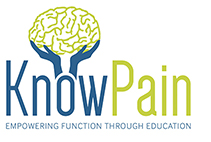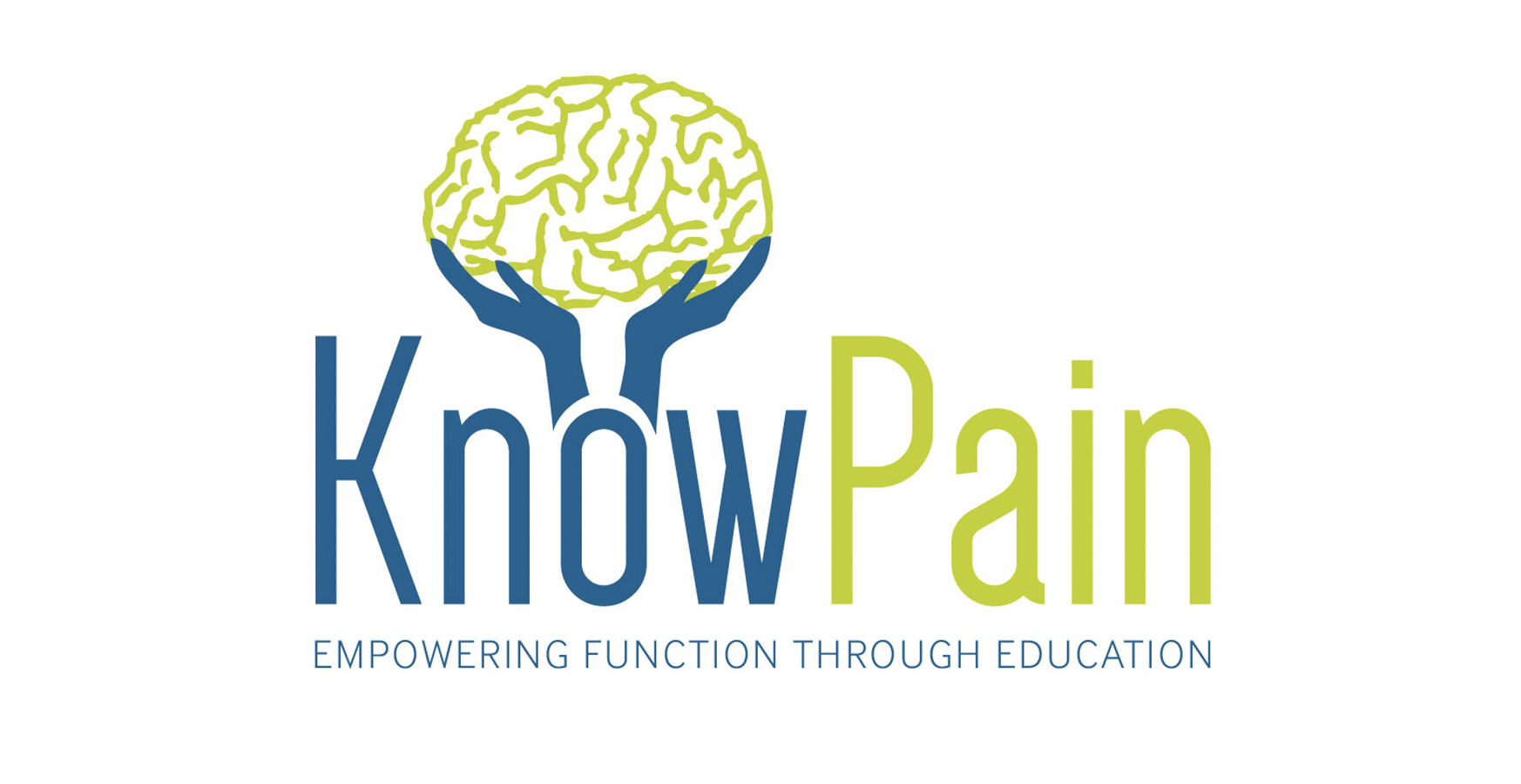Have you ever sat in a Doctor’s waiting room and noticed your pulse quicken when reading the posters on the walls? I know I certainly have. The images and words that we use to make sense of pain are all too often misleading and unhelpful. Let me explain…
A huge amount of international research has taught us that we all need to rethink pain for two reasons. Firstly, pain is always produced by the brain. Think about it; your big toe cannot tell your brain what to do. This would be similar to the tea lady telling the boss of a large company when and how to react (although this might sometimes be preferable!).
Secondly, the pain you experience is based on your brain’s response to a threat. Just like your heart keeps beating without you having to do any thinking, your brain is constantly scrutinising the world around you and asking, “How dangerous is this situation?”
This is why a sprained ankle would hurt less when there’s a double decker bus heading straight for you! It might also explain why seeing the following poster, with all it’s threatening signs of damage and disease on the waiting room wall might grab your attention.
From our brain’s perspective, threat information trumps all other information!
It has been said that, “Pain is an ideal habitat for worry to flourish”. Unfortunately, without thinking and/or understanding, many healthcare professionals unwittingly increase the brain’s response to threat through the words and images that they use to explain pain.
Here are a few examples. In a study last year, Ben Darlow and his colleagues down in New Zealand found some significant gaps in how clinicians and patients communicate (See Figure
1). It’s clear to see how the worrying words that we use have an enduring impact on a person’s beliefs about the cause of their pain.
So, next time you are sat in that waiting room, keep in mind that, whilst those words and images on the walls are designed to inform you, they might also be worrying and misleading you.
Footnote:
Here at Know Pain we are currently working on a poster that is not only less frightening and more informative, but is also based on up-to-date evidence from international research. Watch this space!
References:
Darlow, B, Dowell, A, Baxter, G, Mathieson, F, Perry, M, Dean, S. (2013). The enduring impact of what clinicians say to people with low back pain. The Annals of Family Medicine. 11 (6) 527-34.

